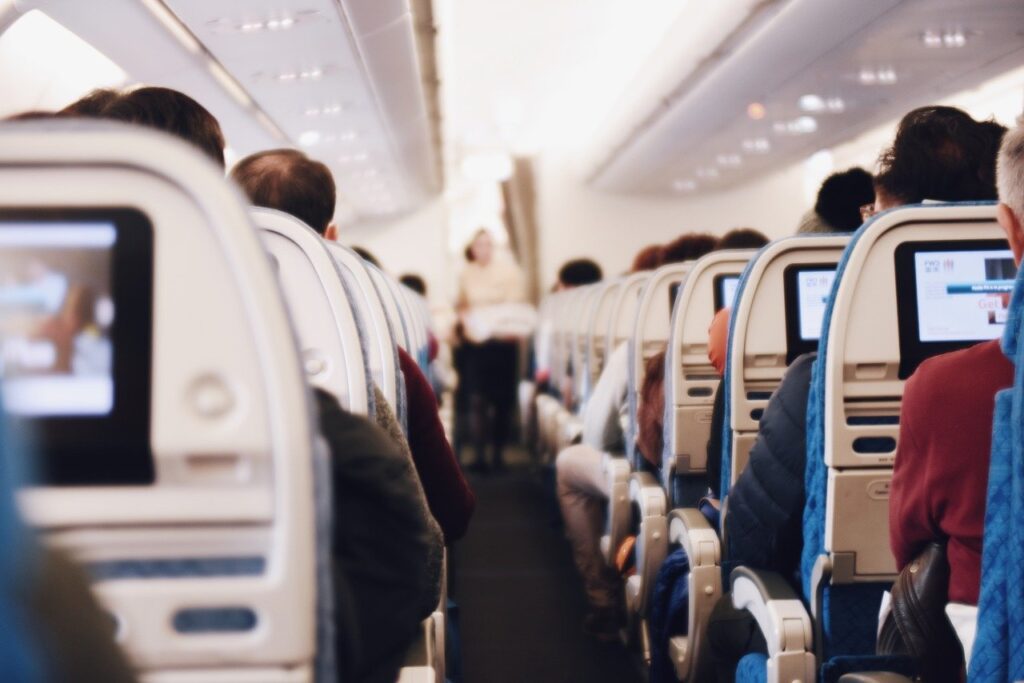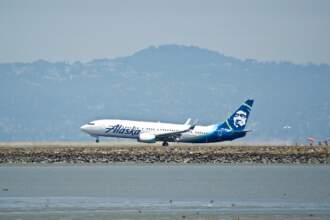In the past, people needed to get in touch with travel agencies in case they need to book a flight, regardless of whether they are visiting a local or international destination. The emergence of the digital world paved the way for a more convenient means of booking flights, such that most people already book their own flights. The reason behind this is that airlines already came up with official websites that people can leverage to search and book for their flights independently. This article tackles how to design a usable and user-engaging website for an airline.
Localization
One of the primary things that you need to keep in mind in designing a website for an airline is localization. According to the digital experts behind the Hong Kong best web design agency, this means that you need to integrate multiple languages in your web design. The reason behind this is that statistics show that almost 70% of flyers prefer to book flights using their native language. In this case, your best option is to perform an automated localization but still provide an option for the users to change the language and location as they deem necessary.
When it comes to localization, you should also consider currency selection. This means that you need to be able to show fares in the origin currency, as well as convert fares into the local currency. You should also provide the option for the users to switch between these currencies accordingly.
Dates Flex Search
An airline website must allow travelers to easily select cross-month flights. The website must also feature the flex search functionality, allowing users to search through flight dates in the hopes to find better pricing. In this case, you can offer a slider flex search that usually captures anywhere from five to seven days. There is also the option for you to integrate calendars that displays prices for both departures and return.
Mobile Experience
With several people now relying on their smartphones to connect to the internet and access various websites, you need to ensure that your airline website is mobile-ready. In this case, you need to design your website to cater to various device screens, flexible enough to adjust accordingly. Users should still be able to see the information that they need even if they switch to a big or a small screen. It is also a better option if you don’t have to force users to install an app just to access the website of the airline. Rather, they should be able to access the site even just by using their phone’s browser.

With more and more people opting to book their own flights, airlines should be able to provide an intuitive and responsive website that will encourage travelers to go for their services. Otherwise, they may be at risk of losing passengers to other carriers, all because their website is difficult to navigate. Rest assured that when you consider the factors listed above, you will be able to design a seamless website for an airline that travelers will definitely go for.










